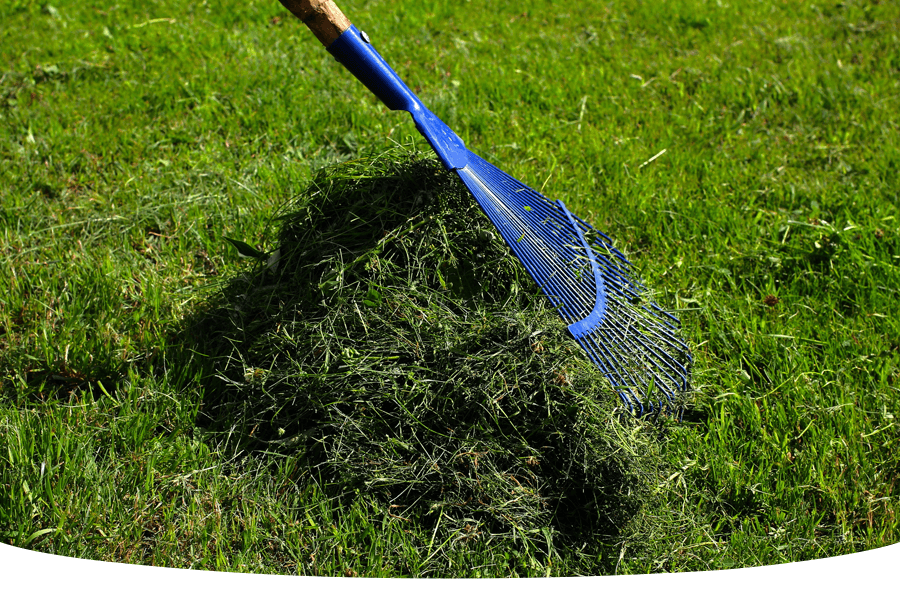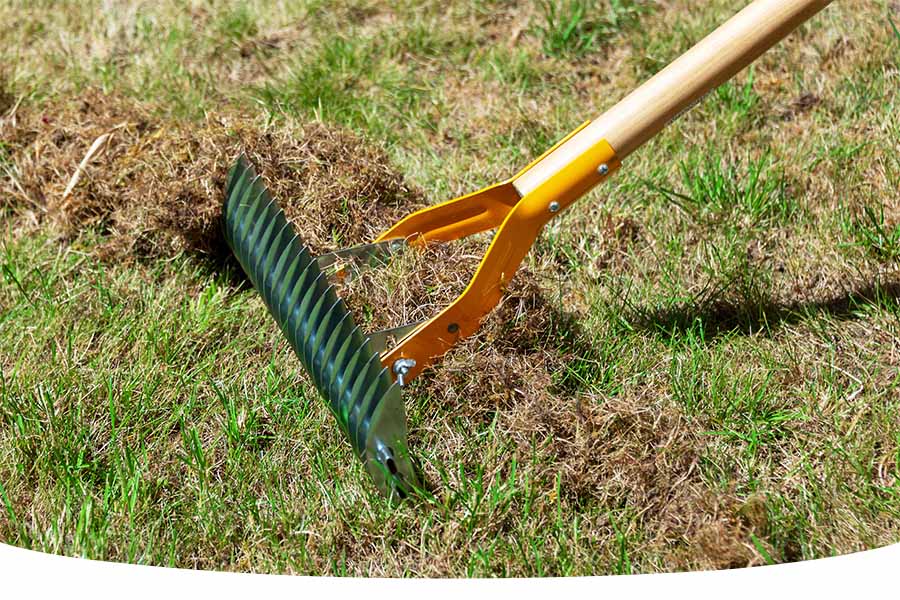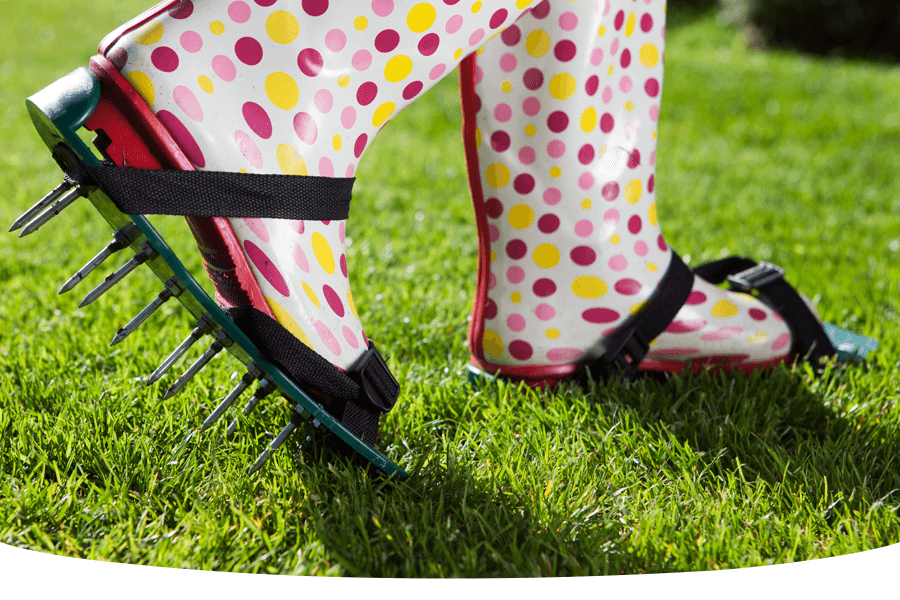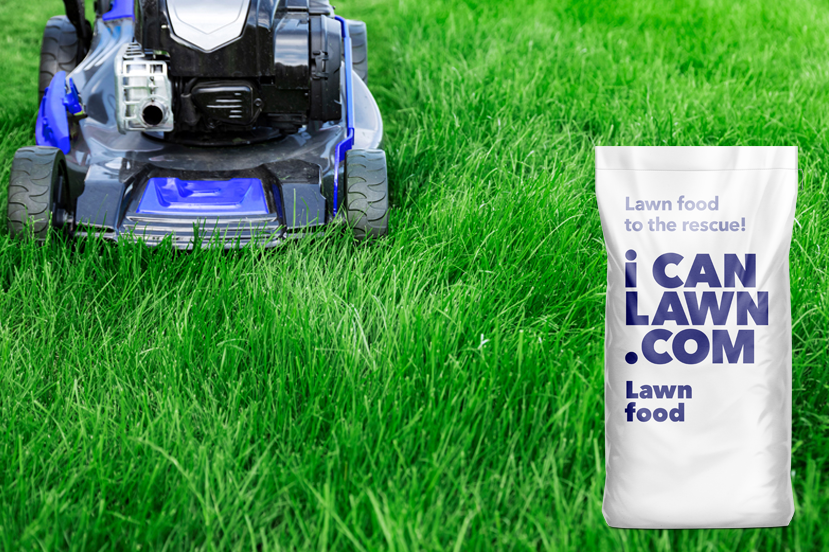When to scarify a lawn
One of the easiest ways to quickly boost your lawn’s overall appearance and health is to scarify it. But knowing when to scarify your lawn is as important as knowing how to do it! Join us as we explore how and when to scarify your UK lawn.

What is lawn scarifying?
Scarifying is the process of raking out the top layer of thatch on your grass, which is best done at certain times of the year. Taking the time to ensure you’re scarifying your lawn properly will help boost your existing grass’s growth and encourage new grass seedlings to thrive.
When to scarify a lawn in the UK?
The best time to scarify your lawn is during late spring or early autumn. Scarifying at these times of the year returns the best results, minimises the stress on your grass seed, and ensures your lawn recovers quickly after the scarifying process. We recommend you scarify your lawn twice a year, but not when the ground is cold – this is because it’s best carried out when ground temperatures are 10°C or more.
April and May are the best months to plan your scarifying routine since your lawn grows strong and thrives in spring, but you can achieve successful results anytime between March and May. It’s also advisable to scarify later in the year - as far as September - depending on the weather conditions. Keep an eye on the weather since you won’t get good results if scarifying after heavy rainfall or your lawn is wet.
Pick the perfect time to scarify
As mentioned, we recommend scarifying your lawn during late spring or early autumn. This is because the ground is warm enough for your grass seeds to grow, and your lawn will recover faster during these times. Make sure you don’t scarify your lawn in the depths of winter or the warm summer months, as winter frosts, droughts, and heat waves will cause additional damage to your lawn after scarifying!
Keep an eye on the weather before you begin!
Scarifying should be done when the soil is not too dry or too wet. Aim for a day when the soil is slightly moist but not soggy. Since you will likely be planting some new grass seed after scarifying, it’s important that your new seedlings experience temperatures of 10°C and above day and night for at least two weeks so they can germinate and grow.
Top Tip: Applying a pre-seed lawn food will give your new grass seeds the best start to growth. This will also help your grass grow strong and resilient to the challenges that nature throws its way!
Why scarify your lawn?
Before we delve into the process of scarifying your lawn, it will help if you understand the benefits of this practice - since scarifying serves several important purposes:
Scarifying your lawn removes thatch
Over time, a layer of dead grass, moss, and organic debris known as thatch can accumulate on the surface of your lawn. Thatch prevents water, air, and nutrients from penetrating the soil, which hurts your grass’ growth. Scarifying helps break up and remove this thatch layer so your grass can stretch its blades and grow better!
It helps your lawn breathe
Scarifying also promotes better aeration of the soil. By creating small channels in the turf, scarifying allows air and water to reach the roots more easily, which will, in turn, help your grass grow as best as possible.
With thatch removed and better aeration, your grass can absorb nutrients more efficiently, leading to greener, more beautifully growing grass!
Controlling weeds and moss is easier
Scarifying can help control the growth of weeds and moss by disrupting their habitat and making it more challenging for them to establish themselves, allowing your grass to outgrow them. If your garden is becoming overrun with weeds or if moss is overtaking your lawn, our step-by-step guide on getting rid of weeds and moss will help!
Should I use a lawn scarifier or a rake?
To scarify your lawn effectively, you’ll need the right tools, with the scarifying rake being the most important:
Scarifying Rake
A scarifying rake, also known as a spring tine rake or leaf rake, is designed with sharp tines or blades that penetrate the soil to remove thatch and scarify the soil.
Automated Scarifier
Depending on the size of your lawn, you might find an automated scarifier would get the job done more quickly. An automated scarifying rake takes a lot of the work out of the process and will scarify areas of your lawn in a single pass, making the process more efficient.
Tips for scarifying your lawn
Here are some tips to ensure a successful scarifying process:
- Mow First: Before scarifying, mow your lawn to a shorter height than usual. This makes it easier for the scarifying rake to penetrate the thatch layer.
- Overlap passes: When scarifying, make overlapping passes in different directions to ensure thorough coverage and thatch removal. Be careful not to over-scarify, as this could damage the grass.
- Clean up: After scarifying, remove the debris and thatch from your lawn using a garden rake.
- Fertilise and water: Follow up scarifying with fertilisation and deep watering to help your lawn recover and grow better.
Now you know when to scarify a lawn
In conclusion, scarifying your lawn is a beneficial part of lawn maintenance that should not be overlooked. Knowing when to scarify your lawn, having the right tools, and following best practices will lead to a healthier, greener, and more beautiful lawn. So, grab your scarifying rake and give your lawn the care it deserves to thrive.
For further reading on lawn care, we have some helpful advice below:






